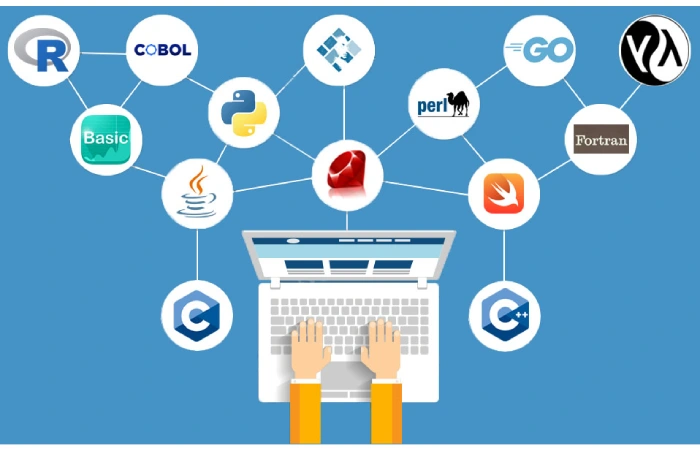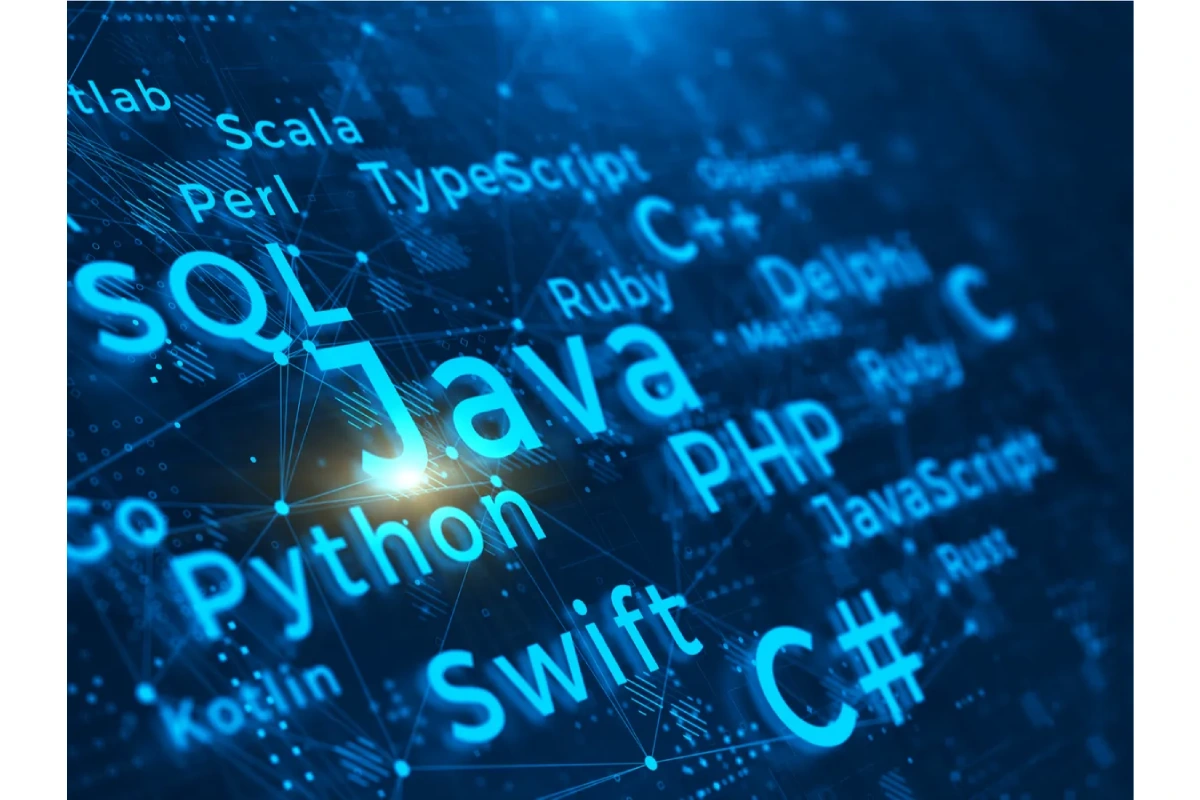A programming language is a terminology used by programmers to develop logical algorithms under a specific structure. Like any formal language, a programming language can be designed under certain rules that make it possible to dictate actions, orders, and sequences that a computer system or computer will be able to recognize later.
Table of Contents
Features of Programming Languages
The functions of programming languages are as diverse as they are essential. Thus, almost anything that is developed in the field of computing requires the use of some programming language. Due to this, today, it is used to create all kinds of programs and to accomplish various tasks.
Website Development
Many computer languages such as JavaScript, PHP or C++ allow you to design, structure and develop web pages that can later also be hosted on Internet servers. From public consultation pages, through digital magazines, to multifunctional platforms that any user can access through the Internet.
Video Games Development
Currently, video game development is one of the essential entertainment industries, mainly due to the possibilities offered by the programming language. A video game developer uses programming software that uses a computer language to create objects and instructions that lead to the creation of a video game .
Application Software Development

Perhaps the essential function of a programming language is to allow the creation of programs and applications. In this sense, through these, a programmer can create software capable of receiving data, interpreting it and executing actions to offer results or an interactive medium to end users.
Development of Operating Systems and Drivers
Low-level programming language makes it possible for hardware to function logically and respond to the needs and instructions. In the same way, it is thanks to the commands directed by a code that a computer recognizes each of the hardware components connected to a computer.
Artificial Intelligence Development
The use of the most modern computer software seeks to create artificial intelligence that can make decisions autonomously and intelligently. To do this, highly complex codes developed from a state-of-the-art programming language are use. It is one of the most modern and still under study functions of the programming language.
Types of Programming Language
Various lines of thought differentiate the types of programming languages according to particular criteria. However, below we represent the types commonly used in computing.
Low-Level Programming Language
The low-level language is how programming is known to work on a specific type of hardware, thus offering a link between hardware and software through an interface. Thus, low-level programming can only be exploit from the computer for which it was design. According to its approach, this programming language can be subdivide into two types:
Machine language
It is the most primitive programming language since its operation is define from binary or bit maps. In this sense, the computer reads and recognizes numerical sequences of “0” and “1”, the language recognized natively by any computer.
Assembly language
Therefore it is a programming language created from the need to make the programming language something more understandable and reasonable for the human being. Assembly language is written and store in text form (like high-level software). In addition, the computer recognizes the instructions programmed through a processor.
Assembly language or assembly language is much more compact and understandable than machine language; however, it needs to translate through a program known as Assembler for a computer to recognize it.
High-level programming language
A high-level language is a term use to refer to any programming language whose objective is to offer a series of syntactic and semantic rules that are easier for programmers to understand and write. In this way, they are universal languages whose vocabulary, in addition to being recognize by different types of hardware, makes it possible to develop in languages known to humans. For a computer to recognize this language, the source code must be pass through a translator or compiler to be transform into machine language.
medium level language
Despite being a term not recognize by all programmers, it can use to refer to any language that allows high-level operations (programming under a universal and easy-to-understand terminology) but, at the same time, can be recognize and natively manage by a computer system.
Generations of Programming Languages
The development of programming languages has changed and improved over time thanks to the advancement and dissemination of computing. In this sense, the classification of computer languages through five generations is recognize. We differentiate and describe them below.
First Generation
It comprises the most primitive programming language known: as machine language. In this way, it is about the binary systems use to control and issue instructions to hardware.
SECOND GENERATION
In this generation, the idea of creating computer instructions was develop through a more straightforward and more readable nomenclature for programmers. Under this idea, the assembly language was create, which is a way of knowing the machine language when combined with an assembly system that allows creating instructions and complex computer structures more easily than the machine language.
Third Generation
The third generation gave way to high-level languages, where symbolic instructions and machine code were replace by different languages that were much more logical and understandable to humans. Thanks to the high-level language, any user could solve software problems quickly and comfortably. It should also be note that the third generation gave way to creating languages such as Java, PHP, C++, Cobol and Pascal .
Fourth Generation
It includes those more advanced languages that allow you to generate code autonomously. They are usually known as RAD and create from programming software. That receives instructions from the user, translating said instructions into a programming language itself. In this way, without being a programmer, anyone can create application software.
Fifth Generation
Also known as the language of artificial intelligence, it is the future of computer programming, as it seeks to automate the development processes of computer systems in an automated manner. An example of this is LISP.
Examples of Programming Languages
Java
It is a general-purpose programming language. In this sense, it is a universal language that derives from the C and C++ languages and, at the same time, means that the user does not need to know much about a low-level language to develop through it.
Basic
Also known as “Beginners’ General Purpose Instruction Symbolic Code”, it is one of the most famous high-level languages . It began to be use at the beginning of 1964 and currently has versions such as .NET and also Visual Basic.
C
C is one of the oldest high-level programming languages out there. It is a structured language that allows you to create applications and operating systems. One of C’s great benefits is that computers can recognize it as a low-level language, so it can be use to develop hardware drivers and firmware.
C++
It is an improved and newer version of the C language. In C++, the creation of commands has been improve and makes it easier to decode code. At the same time, C++ can recognize and read code designed in the C language. Allowing you to adapt to this newer language and take advantage of new features.
Conclusion
A programming language is any usual of rules that change strings, or graphical program elements in the case of visual programming languages, to various kinds of machine code output.
Also Read: What is a Wide Area Network (WAN)? – Function, Difference, and More

